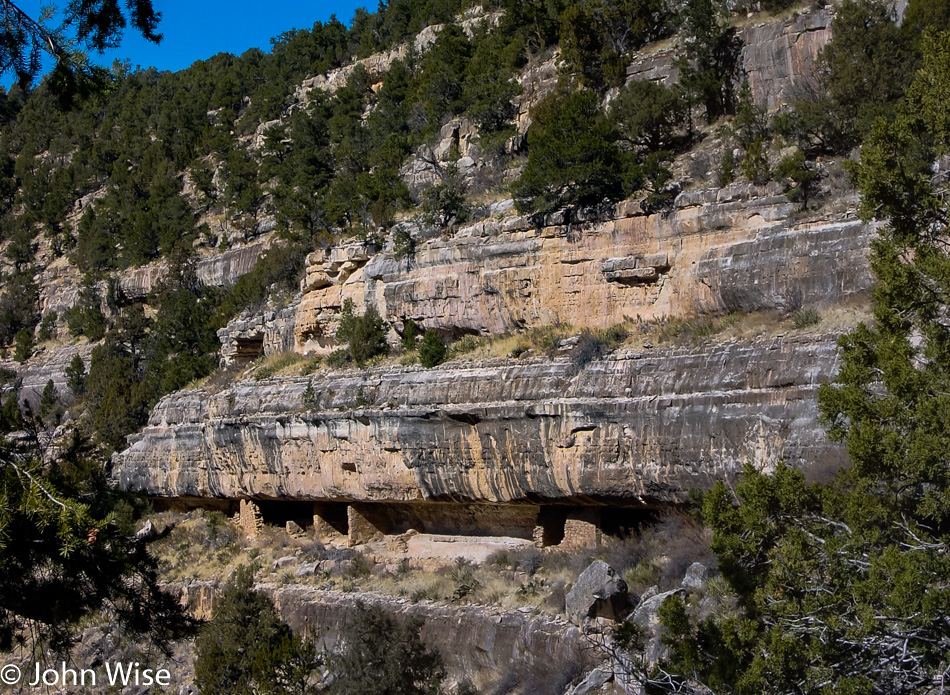
Drove up north and then east of Flagstaff for a visit to Walnut Canyon National Monument. The cliff dwellings were once inhabited by the Sinagua people, but that was about 1000 years ago. Today, they lay in ruin in the cliff walls. The nearby Montezuma Castle and Tuzigoot National Monuments are also considered early Sinagua locations.
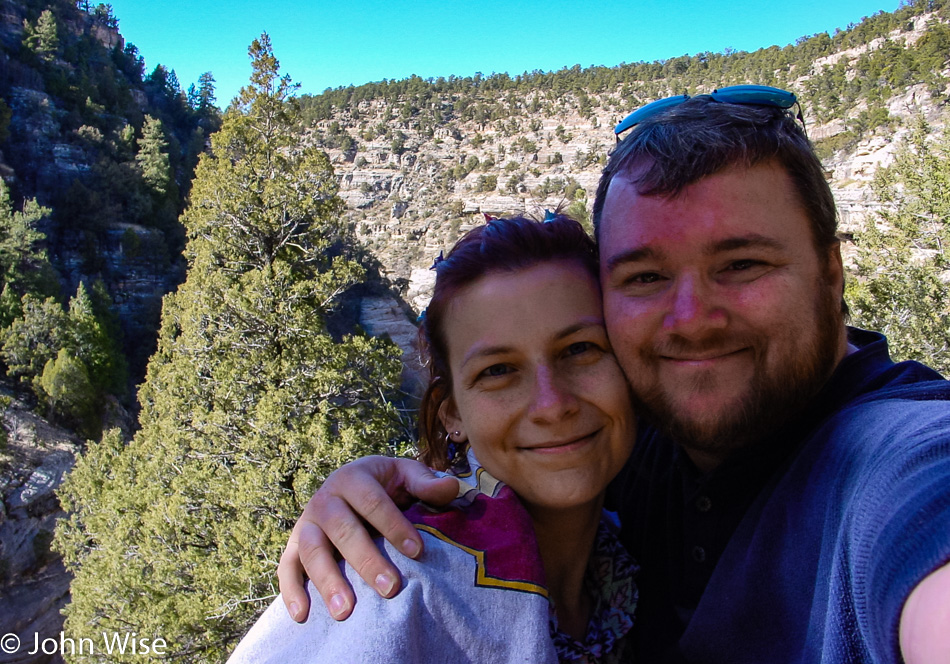
The Arizona Black Walnut tree makes a home here on the floor of the canyon about 350 feet below the rim above. In all, there are more than 380 species of plants in the canyon. Unfortunately, the trails here are on the rim and down to the ruins; as far as we can find, there are no trails that venture into the canyon adjacent to the dwellings for us to familiarize ourselves with the local flora.
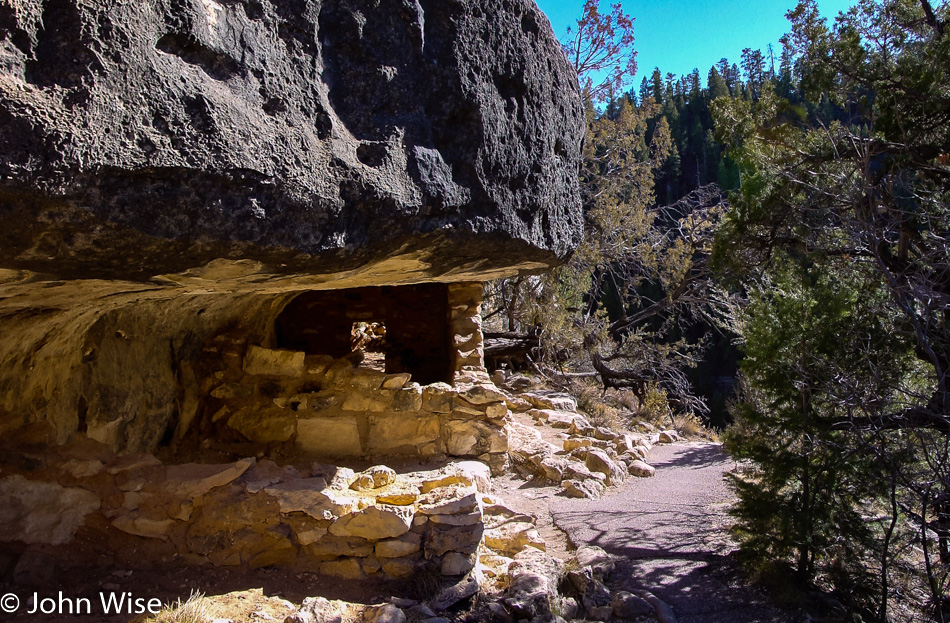
And then I learned why there are no other trails: it’s because there are other cliff dwellings nearby that are off-limits to tourist-type visitors, which makes sense as, even though the percentage is low, visitors tend to also travel with an element intent of destroying or leaving their mark on native treasures and artifacts.
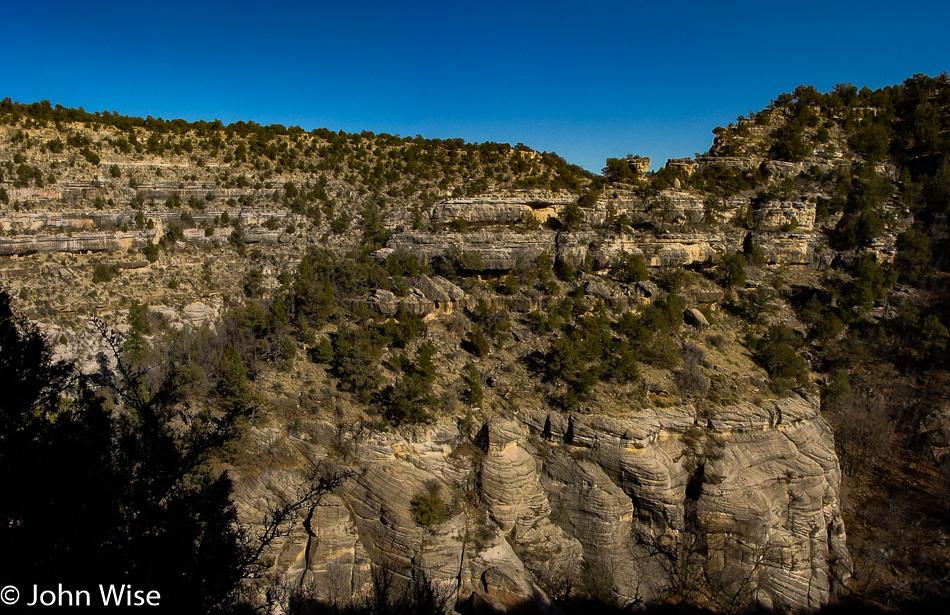
A microcosm of the Grand Canyon is on display here, with the rim made up of Kaibab Limestone; below that is the Toroweap Formation, and Coconino Sandstone is the bottom layer. If you know what to look for, all three layers are visible here.
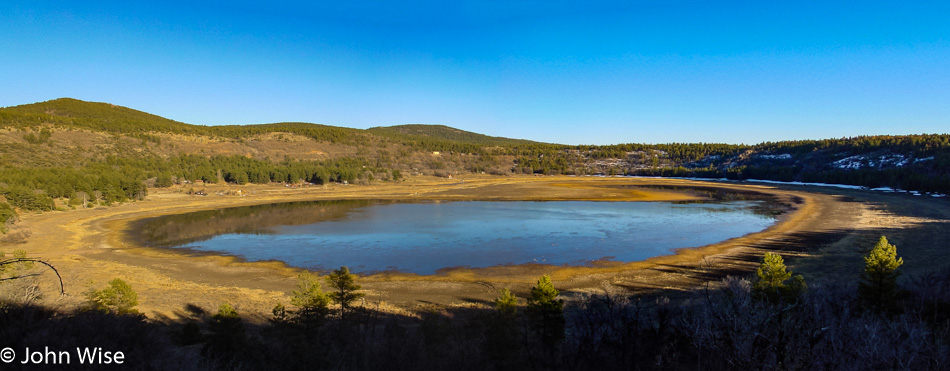
Stoneman Lake in Coconino County is one of just a few natural lakes in Arizona, although it’s not a large lake in any sense of the word. This is how we spent our Sunday.